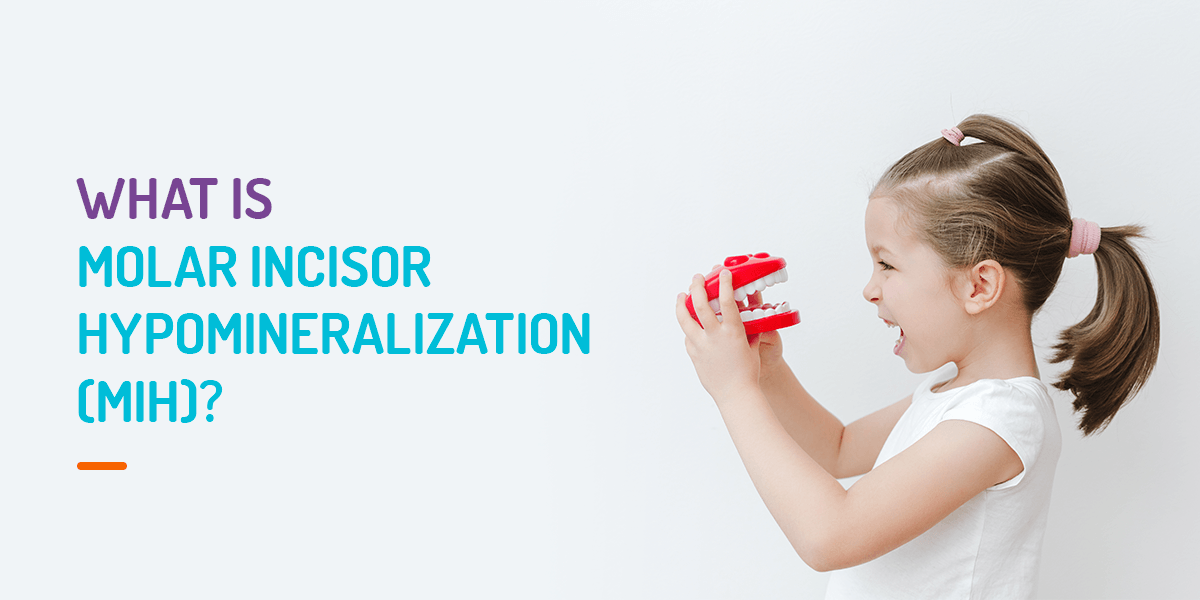Ever peeked into your child’s mouth and noticed unusual spots on their molars? You might be looking at MIH.
Molar incisor hypomineralization is a dental condition where the enamel — the tooth’s protective outer layer — doesn’t form properly on permanent first molars and sometimes the incisors. This abnormal development is common among children, leaving their teeth more susceptible to sensitivity, decay and other complications.
Call to Schedule A Dental Appointment
Let’s explore the signs of MIH you should be on the lookout for. How can you tell if your child might be affected?
What Are Hypomineralized Molars? Signs to Watch For
When it comes to identifying MIH, several symptoms can indicate the presence of this dental condition:
1. Teeth Discoloration
One of the earliest and most noticeable signs is discoloration of the molars and incisors. Look for chalky white spots or even yellow-brown patches on the surface of the teeth.
2. Hypersensitivity
Children with MIH often complain about increased sensitivity, especially when consuming hot or cold foods or drinks.
3. Quick Development of Decay
Teeth affected by MIH decay faster, leading to what dental professionals call “post-eruptive enamel breakdown”.
4. Breakdown of Fillings
If a child with MIH gets a filling, it may not hold as effectively as it would in a tooth without MIH. As a result, the filling may break down or fall out sooner than expected.
5. Difficulty in Local Anesthetization
If anesthesia doesn’t seem as effective during dental procedures, it might indicate MIH. Discuss this with your child’s dentist.
What Causes Hypomineralized Molars?
The exact causes of molar incisor hypomineralization are still a topic of ongoing research. Some theories suggest it could be linked to childhood illnesses, environmental factors or even genetics. What is clear, however, is the need for prompt attention when signs of MIH appear.
Molar Hypomineralization Treatment Options
The treatment for MIH depends on the severity of the condition. In mild cases, dentists might recommend fluoride applications or desensitizing agents. For severe molar incisor hypomineralization, dental professionals could advise restorative treatments, crowns or even extractions. Regular dental check-ups are vital to monitor the condition and adapt treatment plans as needed.
What to Do if You Suspect MIH in Your Child
If you notice any of the symptoms mentioned above in your child’s teeth, it’s beneficial to act quickly. Early intervention can make a difference in managing MIH and ensuring your child’s oral health.
Schedule an Appointment Today
Worried your child might have MIH? Don’t wait. Schedule an appointment with Fox Kids Dentistry & Orthodontics. We’re here to guide you through understanding, diagnosing and treating MIH, helping your child’s smile remain bright and healthy.

